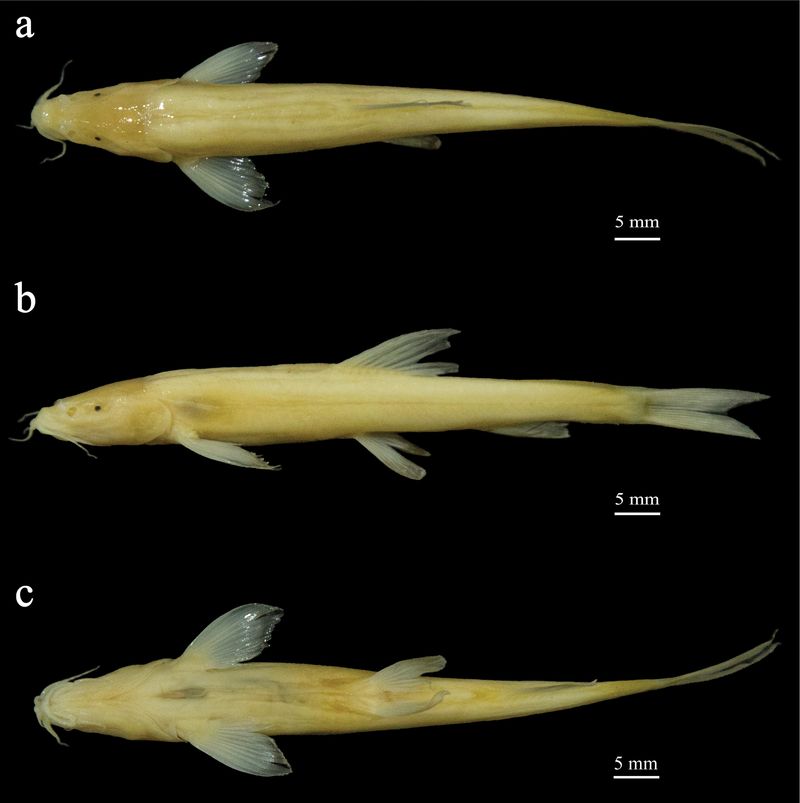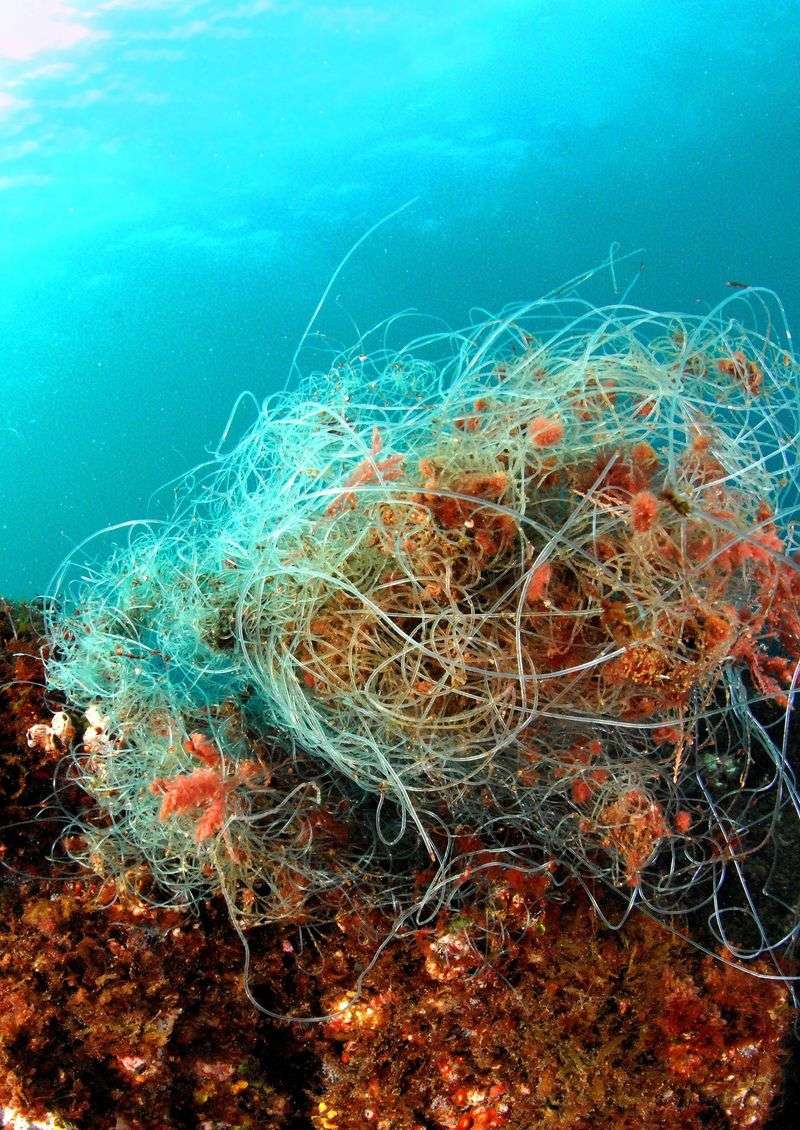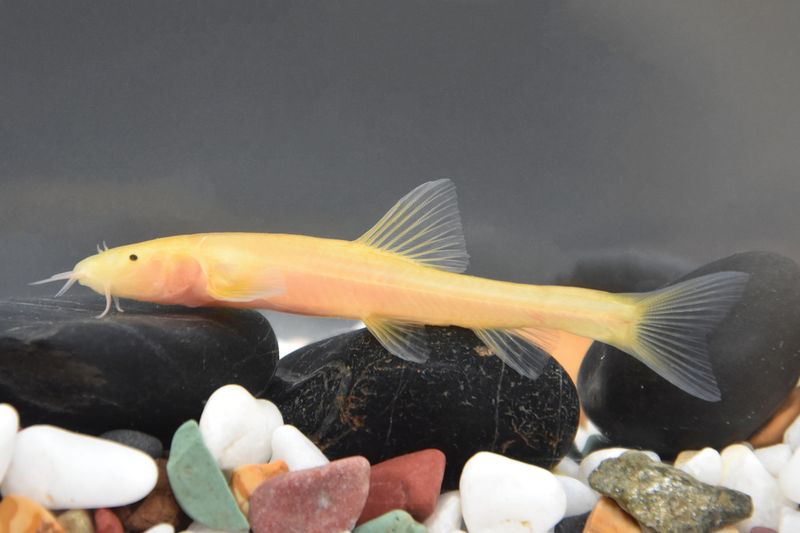Deep in the caves of southwestern China, scientists have stumbled upon something extraordinary—a golden fish living in total darkness, caught between two worlds. This newly discovered species, known as the Xingren golden-line fish, is evolving right before our eyes, losing some traits while keeping others in a strange evolutionary dance. Its home is a hidden underground stream where sunlight never reaches, and its body tells a fascinating story of survival and change that scientists are only beginning to understand.
Living in a World Without Light
Picture a place where the sun has never shone, where rivers flow in complete silence beneath tons of rock. That’s the world of the Xingren golden-line fish, discovered in the karst caves of Guizhou Province.
These limestone caves formed over millions of years, creating a network of underground waterways completely isolated from the surface. The streams here are cold, dark, and eerily still, with no connection to ordinary ecosystems above.
Such extreme isolation creates a natural laboratory for evolution. Without light, food sources are scarce and competition is different from surface waters.
Creatures that end up in these environments must adapt quickly or perish. The Xingren golden-line fish chose to adapt, and its body reflects the strange demands of this shadowy realm where normal rules don’t apply.
A Body Caught Between Two Worlds
What makes this fish so special isn’t just where it lives—it’s what it looks like. Golden in color with no scales covering its body, the Xingren golden-line fish appears almost alien compared to its surface-dwelling cousins.
Most surprising are its eyes: large and seemingly functional, despite living in pitch darkness. Scientists believe this reveals a creature mid-transformation.
The scaleless body likely evolved earlier, perhaps during the Pleistocene era when its ancestors first began exploring darker waters. But full eye degeneration, common in cave fish, hasn’t happened yet.
Genetic studies confirm this timeline—the fish moved into total darkness more recently than it lost its scales. We’re witnessing evolution in real time, a species suspended between what it was and what it’s becoming in the underground dark.
Danger in the Depths
Discovery and danger arrived hand in hand for this remarkable fish. Scientists estimate its population is alarmingly small, confined to a limited stretch of cave streams that face growing threats from human activity.
Pollution seeps down from surface developments, poisoning the pristine waters these fish depend on. Invasive species can accidentally enter through connected waterways, disrupting the delicate balance.
Construction and agricultural runoff pose constant risks to caves that were once untouchable sanctuaries. Because the fish’s range is so restricted and its habitat so specialized, experts worry it may already qualify as critically endangered.
The tragic irony is hard to miss: we’ve only just learned this creature exists, yet it may vanish before we fully understand it. Such fragility reminds us how quickly evolutionary wonders can disappear.
Why This Golden Fish Matters
Beyond its golden glow and strange appearance, this fish represents something profound. Evolutionary biologists rarely get to observe adaptation happening in real time—usually, they piece together changes from fossils and genetics.
Here, traits are actively emerging or fading, giving scientists a living textbook on how species transform. For conservationists, it highlights the hidden fragility of subterranean worlds that few people ever see or think about.
These underground ecosystems harbor unique life forms that can’t exist anywhere else. Losing them means losing irreplaceable pieces of Earth’s biodiversity.
For the rest of us, this fish sparks wonder—a creature shaped entirely by darkness, stripped of scales but still carrying eyes, thriving in rivers we’ll never visit. It challenges our assumptions about life’s possibilities and resilience.








